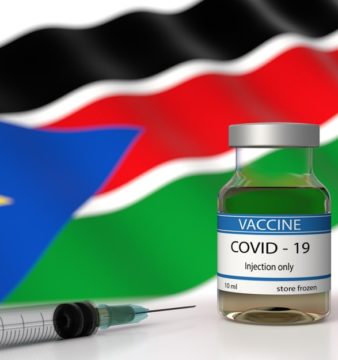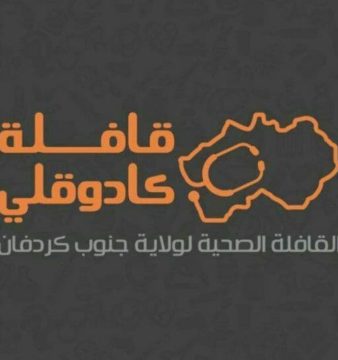Sudan’s Cancer Care and Awareness Challenge
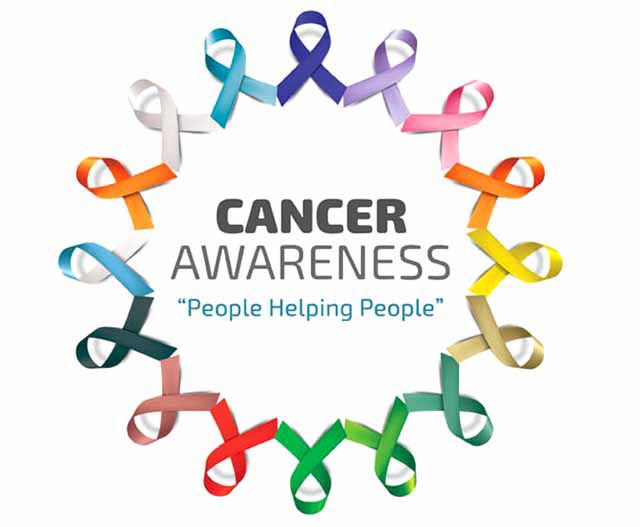 While it is essential to raise awareness on cancer throughout the year, it is during the months of October and November that there is most discussion on the killer disease and its victims.
While it is essential to raise awareness on cancer throughout the year, it is during the months of October and November that there is most discussion on the killer disease and its victims.
Both months are marked with bringing awareness to various types of cancer. However, October is best known as Breast Cancer Awareness Month (BCAM) and November is best known as Pancreatic Cancer Awareness Month. In addition, October is also Liver Cancer Awareness Month and November is also Lung Cancer Awareness Month, Carcinoid Cancer Awareness Month, National Family Caregivers Month, Pancreatic Cancer Awareness Month, Prostate Cancer Awareness Month, and Stomach Cancer Awareness Month (Learn more here). November is commonly known as No Shave November (men grow their beards freely), Movember and Men’s Health Month to spread awareness about men’s cancers and health. Across the world, October and November are booked with conferences and campaigns to raise awareness and funds for research.
Unfortunately, in Sudan, due to a deficiency in cancer facilities and knowledge, the Sudanese community lacks knowledge about cancer, its symptoms and increasing presence, leaving many lives at risk. Sudan is facing an increasing number of cancer patients annually with cancer being one of the top 10 killer diseases in the country. According to the Minister of Health Mamoun Hamida, state-run hospitals and clinics each receive new cases of cancer every day, which amount to 1,000 cases per month. Sudan has no population-based cancer registry nor an established programme for comprehensive cancer control. The main sources of cancer data are from hospital-based cases such as the Radiation and Isotope Center in Khartoum, National Cancer Institute of the University of Gezira in Wad Medani and Khartoum Breast Care Centre (KBCC). Majority of the cancer patients are diagnosed with an advanced type of cancer where treatment has little effect.
BREAST CANCER
Annually, breast cancer kills 5% of the population and is the second most common cause of death in Sudan. Research attributes this to a lack of awareness of the disease. Informative conferences and campaigns addressing cancer are rare, resulting in Sudan’s ignorance of the severity of breast cancer. There are only a few campaigns to educate men and women about breast cancer and to support victims. The most notable ones were held by Soba University in 2014 and by KBCC in 2016. Earlier this year, the University of Medical Sciences and Technology (UMST) held a workshop on cancer diagnosis and treatment. These beneficial talks are crucial and should be actively advertised, especially for women, as a majority of the critical cases involved pre-menopausal women below 50. Although breast cancer occurs mainly in women, men can also develop it.
The number of admitted cases in Khartoum has risen from 303 in 1967 to 6,303 in 2010. It was recorded that four in five patients have stage III cancer or higher. This is when the disease has advanced and the malignant cells have spread to other organs. According to statistics by the American Cancer Society with regards to stage II to stage III breast cancer, the five-year relative survival rate of a patient has dropped from 93% to 73%. Once the disease advances, treatment becomes less effective and stage IV patients have less than 22% chance of survival.
Cause, symptoms and treatment
The true cause of cancer is still unknown. DNA mutability alters cell reproduction rate which is correlated with an increasing risk of cancer. DNA mutability is not necessarily inherited but is developed throughout an individual’s life. A prominent relationship exists between cancer and exposure to radiation or carcinogenic materials. Studies show that between 2005 and 2015, a rise in the amount of fertilisers and pesticides used in Gezira was accompanied by a rise in cancer patients. Smoking and physical inactivity, especially in Khartoum, are also major contributors.
According to the American Cancer Society, breast cancer symptoms include:
- New, painful lump or mass
- Swelling
- Skin irritation
- Discharge
- Redness, scaliness or thickening of the breast skin
Currently, the treatment of cancer depends on the development stage of the disease. There are four types of treatments that can be performed separately or in a combination. These include:
- Surgery
- Chemotherapy
- Hormone therapy
- Radiation therapy
To prevent cancer, doctors advise people to avoid smoking, control their weight, stay active and limit exposure to radiation and environmental pollution.
Khartoum Breast Care Center (KBCC)
Sudan has a scarcity of cancer facilities that diagnose and treat patients. KBCC, a non-profit founded by Dr Hania Morsi Fadl in 2010, is one of the few cancer centres that provide affordable diagnostic mammograms and treatments. As of now, KBCC has attended to 15,000 women and an overwhelming 12,000 of them were diagnosed with breast cancer. However, due to the economic situation in Sudan, not everyone can afford medical treatment.
Here is what some people had to say about KBCC:
How can you contribute?
You can do your part to promote awareness and educate people about breast cancer in a number of ways. First, because the cause of the disease is still ambiguous, early detection is key. Encourage your loved ones to get checked for the disease at KBCC and take immediate action before it’s too late. Second, promote awareness through conversation and donate to cancer awareness campaigns, research and cancer centres in Sudan.
PANCREATIC CANCER
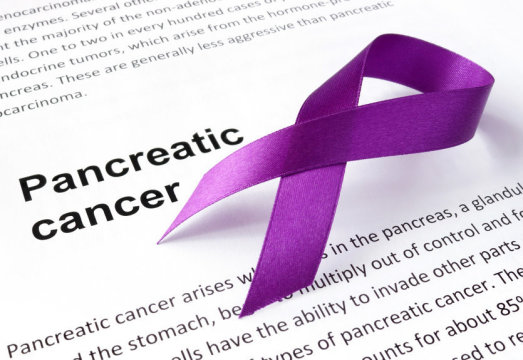
Worldwide, pancreatic cancer is the 9th and 11th most common cancer in men and women respectively. It has the highest mortality rate of all cancers with 94% of all patients predicted to die within five years of diagnosis. In its early stages, pancreatic cancer is hard to diagnose as a result of the ambiguous symptoms that are associated with it. Therefore, the cancer progresses without being identified or treated.
There are two types of pancreatic cancer: Exocrine and neuroendocrine. Pancreatic exocrine tumors are more common and tend to be more lethal. According to the American Cancer Society, the five-year survival rate from pancreatic exocrine is less than 12%.
Cause, symptoms and treatment
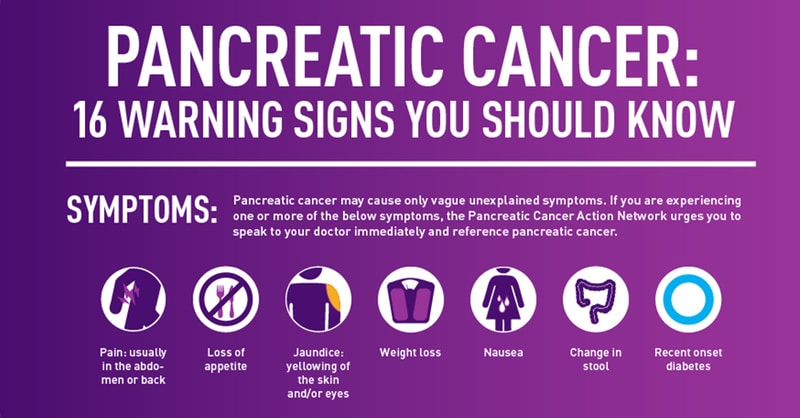
Image source: Pancreatic Cancer Action Network
According to the National Cancer Institute, pancreatic cancer is often associated with smoking, obesity and hereditary conditions. Symptoms of pancreatic cancer include:
- Pigmentation of the skin and in the white of the eye (also known as jaundice)
- Abdominal pain
- Unexplained weight loss
Treatment of pancreatic cancer often entails removal by surgery unless it has spread to other organs. It isn’t uncommon for patients to be treated with radiotherapy, chemotherapy or hormones too.
How can you contribute?
Throughout November, both men and women avoid shaving and donate the money, which would otherwise be spent on shaving or hair removal, to cancer charities to fund research and treatment facilities. You can do the same and help promote awareness and timely treatment of the disease.
 Born and raised in the Middle East, Shahd Ismail is a 23-year-old working at Qatar University. She recently received a Master of Engineering (MEng) degree in Civil and Environmental Engineering from Imperial College London, Class of 2018. In her spare time, Shahd enjoys giving back to the community, whether participating as a community volunteer with Reach Out to Asia (ROTA) or organising fundraisers for cancer research. She’s drawn to reading non-fiction, travelling the world and ticking off activities off of her bucket list. Her values are founded on the unconditional and generous upbringing her parents gave her and her boundless love for her country. Her dream is to start making a difference in Sudan today and to return to her motherland sometime in the future.
Born and raised in the Middle East, Shahd Ismail is a 23-year-old working at Qatar University. She recently received a Master of Engineering (MEng) degree in Civil and Environmental Engineering from Imperial College London, Class of 2018. In her spare time, Shahd enjoys giving back to the community, whether participating as a community volunteer with Reach Out to Asia (ROTA) or organising fundraisers for cancer research. She’s drawn to reading non-fiction, travelling the world and ticking off activities off of her bucket list. Her values are founded on the unconditional and generous upbringing her parents gave her and her boundless love for her country. Her dream is to start making a difference in Sudan today and to return to her motherland sometime in the future.







